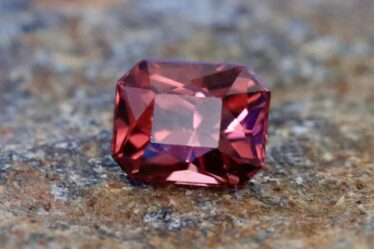
It drives me nuts when a recipe calls for Yukon gold, russet, waxy or floury potatoes. Here in Spain, we just have potatoes. How can I tell if it’s floury, waxy or whatever? And does it really matter that much? Nicola, Barcelona, Spain
Such a great question, and one whose answer requires more words than space here allows! The short answer is, yes, it does matter, because there is such a difference between one type of potato and the next. The good news, for you, is that, if you’re shopping locally, the potatoes you get throughout the year will probably be the right ones for that given moment – rather than focusing on the variety, seasonality is the main thing here. The longer the tubers stay in the ground, the larger they will grow, and the tougher their skin and, crucially, the higher their starch levels will be. And the more starch they have, the more they’ll collapse when cooked. These are the so-called “floury” potatoes, as opposed to “waxy” new and early ones, which, given that they’re picked earlier, have had less time to develop starch. They are smaller, firmer and retain their shape when cooked, and taste more nutty than sweet.
Whatever the time of year, though, and whichever potato you’re cooking with, you can make just about any potato do what you want it to – that is, be baked, boiled, roasted or mashed. It all depends on how much the starch is broken down and dispersed: mash can be light and fluffy, say, when whisked with butter or cream, or it can be an elastic pommes puree when cooked and blitzed while still hot.
I love the idea that you’re being sold just “potatoes”, because that’s a true sign that it’s the right one for the season. That said, if you’re ever in any doubt, you can’t go far wrong if you add (lots of) butter.



